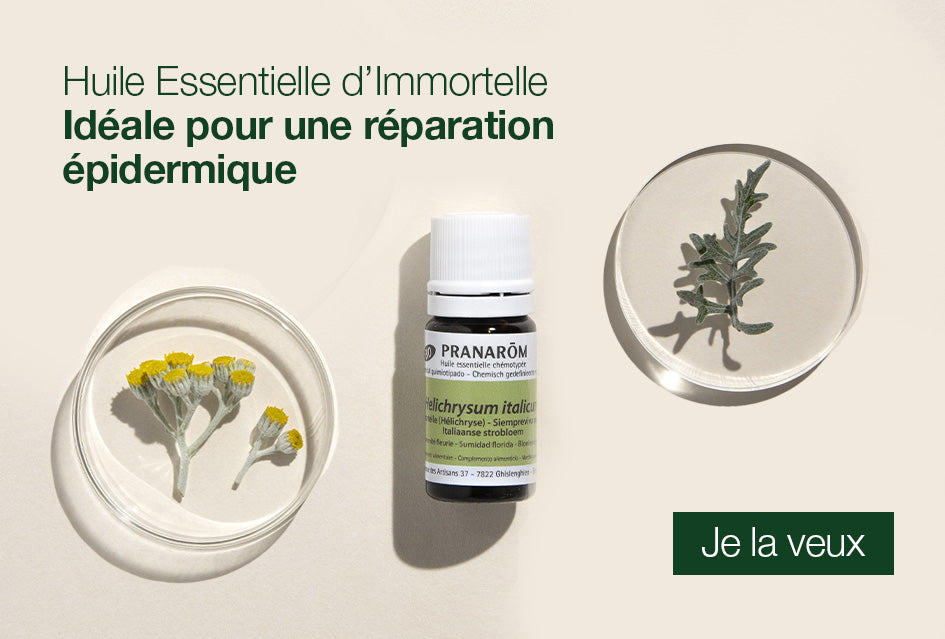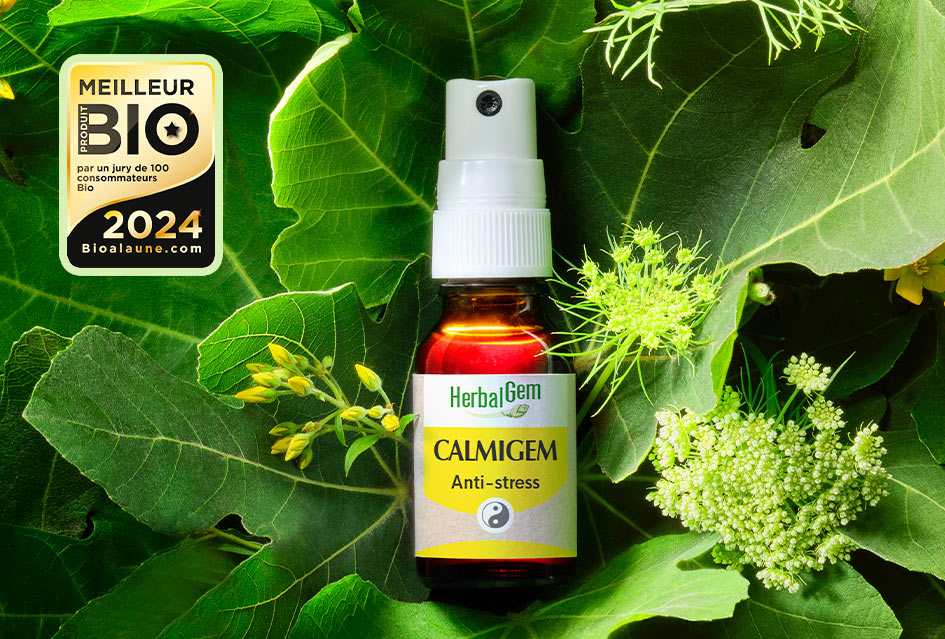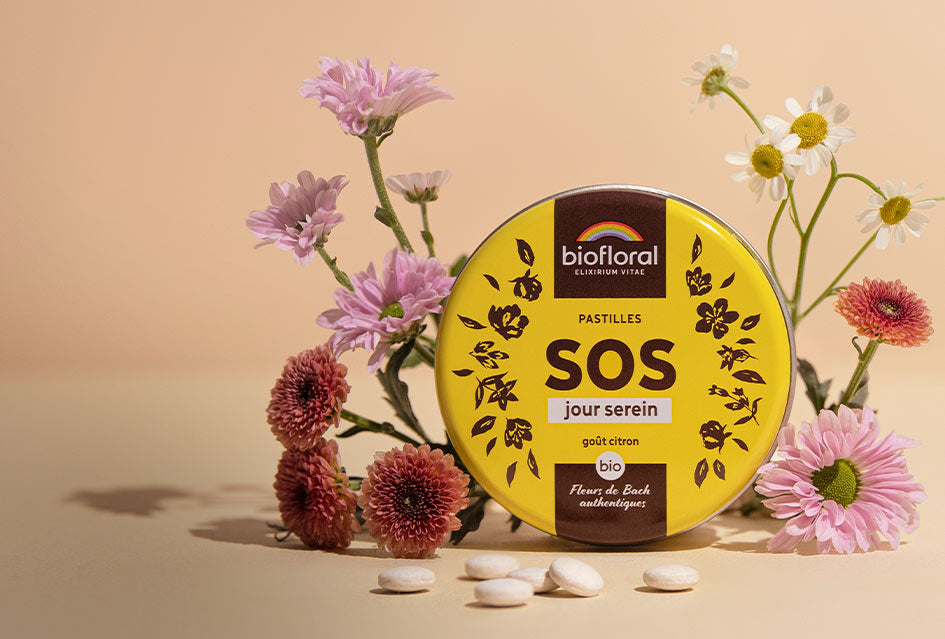Do you know the astonishing and very special properties of Thymus Mastichina Essential Oil? It would seem indicated in cases of bronchitis, sinusitis, restricted breathing, or even respiratory infections. But this essence with southern accents hides its game well! It is also said to be beneficial in cases of stress, melancholy and even dandruff. A word of explanation and a little overview are necessary! An invitation to an olfactory journey. Direction, the Iberian Peninsula.
One more thyme?
A perennial plant endemic to Spain and Portugal. On rocky and dry soils. Wild marjoram, sometimes wrongly called Spanish thyme or resinous thyme ("mastic thyme" in English), is an aromatic plant from the Lamiaceae family that is only found on the Iberian Peninsula, hence its common name referring to the country of Don Quixote. The plant grows in the interior of central and southern Spain, but also in Portugal where it has the popular name “bela luz” or “ beautiful light”. This plant from the large thyme family offers an essential oil with a complex, fresh and disturbing aroma. The smell of the essential oil evokes both the harshness of common thyme and the roundness of shelled marjoram, plants with which it should not be confused.
A very interesting complex composition
Unlike the most well-known thyme essences such as thymol, linalool or thymol, thymus mastichina essential oil is mainly composed of 1.8 cineole, a terpene oxide which makes it very expectorant like all essential oils. cineolated. This strong presence of cineole is tempered, however, by a fairly variable but not negligible proportion of monoterpenes such as limonene and beta-pinene. According to various authors, this molecular profile gives it decongestant properties of the respiratory system and regulation of the nervous sphere.
A story to tell
A very beautiful flowering (photo. J Villares) In the south of Portugal, it is said that rural villagers had the habit of lighting wild marjoram fires on Saint John's Day to celebrate the longest days of the year. Popular tradition suggests that anyone who had not breathed the aroma of this “beautiful light” (bela luz), and who had not jumped over its fire, would not recognize love that year. In olfactotherapy, we think of wild marjoram to help get through a difficult emotional milestone, to overcome a breakup, a lack of self-confidence or emotional fragility.
Varied use
Fresh or dried, wild marjoram is used to flavor soups, meats or rice in certain parts of Spain and Portugal. It provides a unique aroma to dishes. In aromatherapy, the essential oil of wild marjoram (HECT thymus mastichina) from flowering tops is mainly used for diffusion and skin application. Diffused, it is known to purify the air and facilitate breathing for people with bronchial congestion. Diluted and massaged very locally on the forehead or sinuses but also and especially on the chest and upper back, it is known to alleviate bronchitis, catarrh, sinusitis or respiratory infections. Allow a dosage of 20 to 30% in a vegetable oil to benefit from these properties. In olfactotherapy, breathed pure or diluted directly into the wrists, the solar plexus or the back of the neck, it would bring certain comfort in the event of grief, an episode of depression or nostalgia. In cosmetics, it would also seem indicated at a rate of 2% in a neutral shampoo or a treatment oil to fight against dry or oily dandruff. Safe for healthy adults, it is however not recommended for pregnant or breastfeeding women and children under 6 years old.
Marjolaine Sylvestre, here you are! Armed with these few pieces of information, lovers and professionals of aromatherapy and olfactotherapy will undoubtedly make it their new ally!











